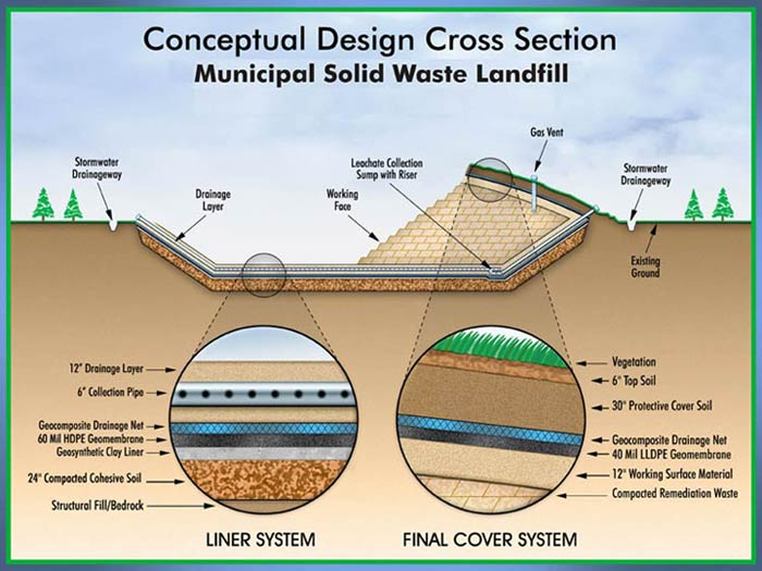
PROJECT DATA RESEARCHA Preferred Information Resource for Lining, Landfill & Excavating ProjectsMain | Reports & Details | Contact Us |

Non-Hazardous Waste |
<< EPA Landfill Information >> |
Hazardous Waste |